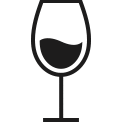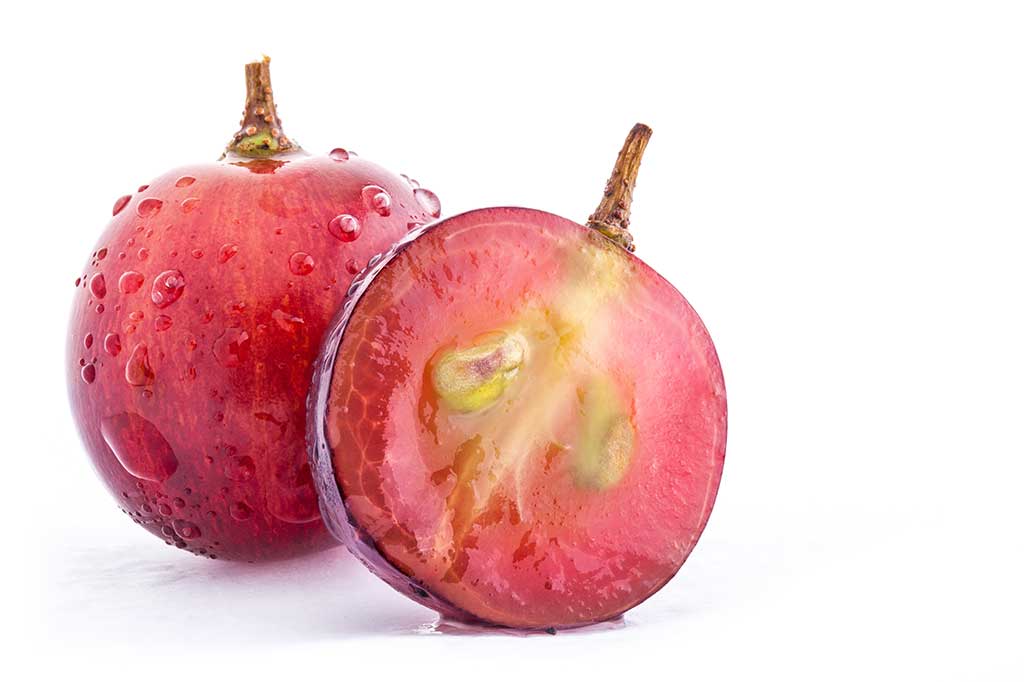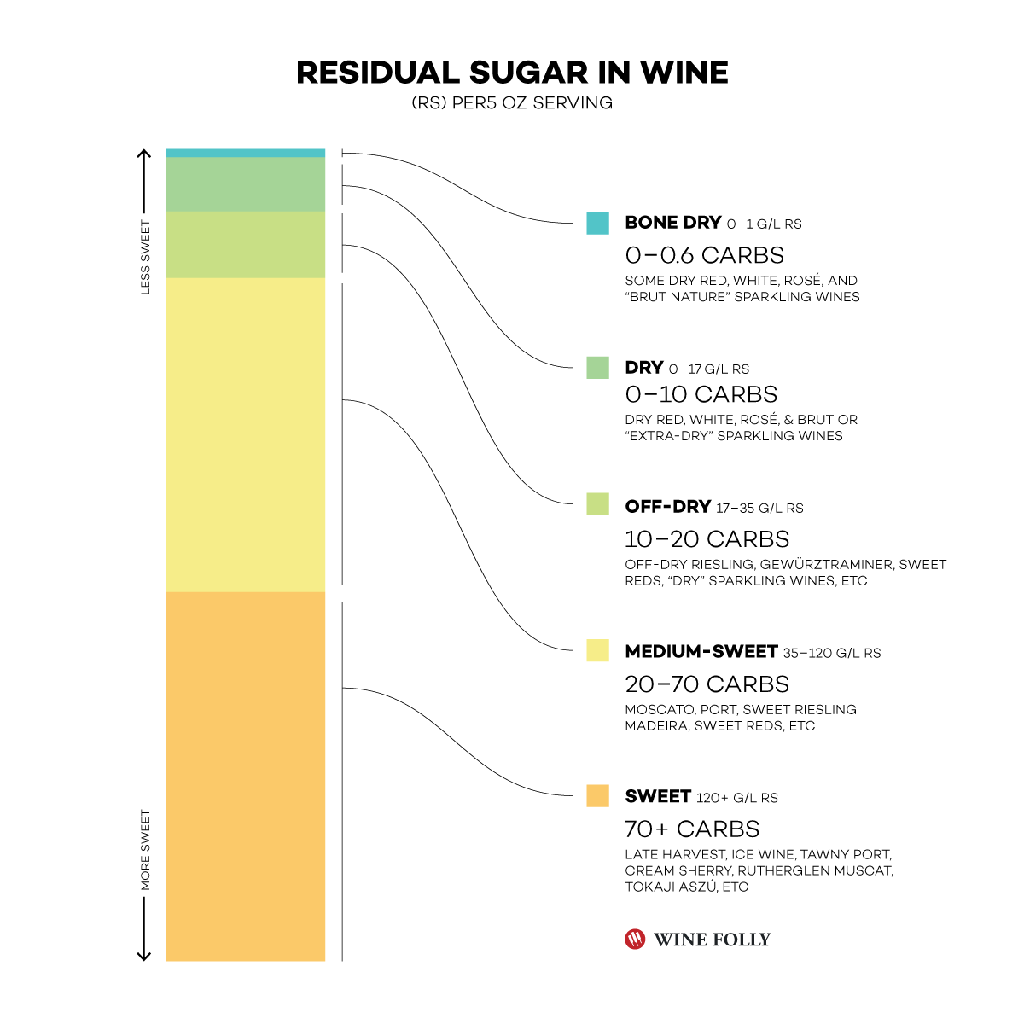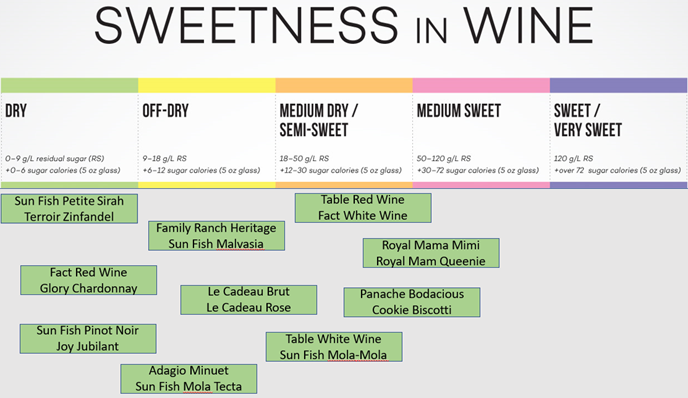You’re So Sweet: All About Residual Sugar in Wine
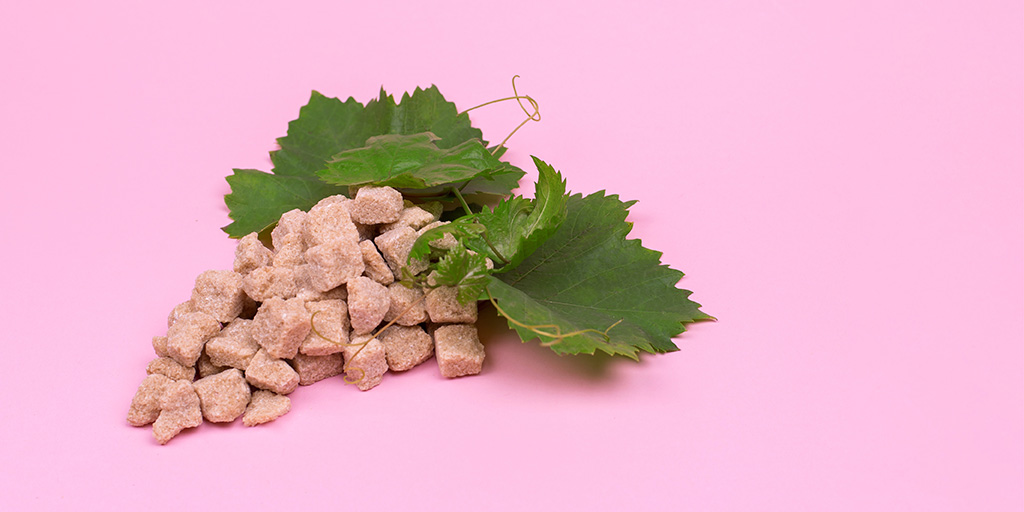
Residual Sugar (RS for short) refers to any natural grape sugars that are leftover after fermentation. The style of wine and decisions made by the winemaker can influence the RS. The juice of wine grapes or must starts out between 22 and 25 degrees Brix (the unit of measurement of sugar level). Yeast feasts on the must, producing both bubbly CO2 gas and alcohol.
There are many reasons why fermentation might stop. Sometimes a weaker strain of yeast might die before eating all the sugar in the fermenting wine. This is not intended. In the case of a dessert wine like Sauternes or ice wine, the sugars are concentrated when the grapes get shriveled, so there is a lot of sugar to ferment. When alcohol reaches the level of a typical dry wine, say 12 or 14%, the yeast may die, but plenty of uneaten sugar is left. In the case of a fortified wine, a high level of alcohol is added to get rid of the yeast population.
Fermentation is also temperature-sensitive, happening faster at warm temperatures and slower in the cold. A winemaker can chill a wine down until fermentation stops, then just get rid of the yeast. No more yeast, no more fermentation.
In addition to its obvious sweetening power, sugar also has a bonus effect: it can help wines age well. RS can bring out some of the most exciting tastes as they evolve over time. The sugar compounds change shape and we perceive them less directly, so the wines even seem to dry out a bit.
Whether your bottle is young or old, you should think of RS as having a balancing relationship with acidity. They are on opposite sides of the seesaw, so if the wine has sugar you will probably want strong acidity too, otherwise the wine will feel unbalanced. On the other hand, high-acid wines, like Sauvignon Blanc or Riesling, can be far tastier with a few extra grams of RS. Here is a simple chart of some of our recent wines, illustrating where they stand in terms of RS.
What is the “right” amount of sweetness in wine? It’s whatever is right for your palate. So, here’s to enjoying every sip of your tasting journey!
